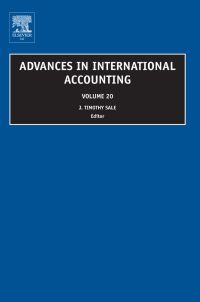Question
Stocks and Their Valuation: Introduction Common stock represents the (-Select-creditor ownership management) position in a firm, and is valued as the present value of its
| Stocks and Their Valuation: Introduction Common stock represents the (-Select-creditor ownership management) position in a firm, and is valued as the present value of its expected future (-Select-dividend interest FCF) stream. Common stock dividends (-Select-are always, may be, are no) specified by contractthey depend on the firm's earnings. Two models are used to estimate a stock's intrinsic value: the discounted dividend model and the corporate valuation model. The (-Select-corporate valuation discounted dividend) model values a common stock as the present value of its expected future cash flows at the firm's required rate of return on equity. Variations of this model are used to value constant growth stocks, zero growth stocks, and nonconstant growth stocks. The (-Select-corporate valuation, discounted dividend) model is an alternative model used to value a firm, especially one that does not pay dividends or is privately held. This model calculates the firm's (-Select-common stock dividends bond principal payments free cash flows) , and then finds their present values at the firm's weighted average cost of capital to determine a firm's value. Which of the following statements is correct?
|
Step by Step Solution
There are 3 Steps involved in it
Step: 1

Get Instant Access to Expert-Tailored Solutions
See step-by-step solutions with expert insights and AI powered tools for academic success
Step: 2

Step: 3

Ace Your Homework with AI
Get the answers you need in no time with our AI-driven, step-by-step assistance
Get Started


